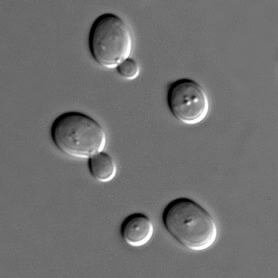When our Head Meadmaker Ricky graduated from Middlebury College, a classmate delivered the following toast: “I was going to write something myself, then I found this, and I think it says it all: May you always have old books to read, old wood to burn, old wine to drink, and old friends to share them all with. Cheers!”
Everyone likes a good book, and old wood is better because it’s drier. Old friends are great because if they’ve put up with you this long, they’re probably not going to quit now. But, what really makes old wine special? We’re sorry to inform you that, alas, nobody knows exactly. 
[We've been doing a little aging ourselves! Pick up Barrel-Aged Vanir here for a limited time]
The process goes by many names: bulk aging, bottle aging, mellowing, and secondary fermentation, to name but a few. This is the time after fermentation has completed and our mead is just sitting around waiting. No bubbles, no swirling yeast, no dramatic pH changes, no change in alcohol content, nothing that would tell the casual observer that we are witnessing a mystery of modern chemistry, but boy are we!
A chemical engineer working for Chaddsford Winery put it best, “People always ask me what exactly is going on in the tanks behind me here. I wish I could tell them, but there are 112 known compounds in this Pinot Noir here, and that’s just the known ones. That means that there are 112 Factorial potential interactions. That’s a 2 followed by 182 zeroes. And I repeat, that’s only the known compounds.” Mead is no simpler, a recent article from the Lithuanian Institute of Agriculture identified 93 volatile compounds in honey, not to mention dozens more previously known. [1]
Even the most commonly cited advantage of aging mead, reducing the harsh alcohol flavors, is not fully understood. Young meads (also wines and high alcohol content beers) are referred to as “hot” because of the burning experience one gets from the alcohol. Yet, without any change in alcohol content, a year or two in the bottle can almost completely eliminate this heat. The most common answer – that fusel alcohols break down – very well may not be true. [2]
Does this mean that we have to throw our hands up in despair and call it magic? Absolutely not! Through experimentation and research, meadmakers – professionals and homebrewers alike – have discovered numerous, reliable, replicable ways to make mead. It’s right on that beautiful line between science and art. Unless, of course, you’re at a Renaissance Faire, in which case it is magic and we’ll drink to that! Cheers!
Update 4/19/2018: The folks over at Wine Turtle just sent us a link to a comprehensive piece they wrote on the oldest wineries on earth, check it out: www.wineturtle.com/oldest-wine-companies/



